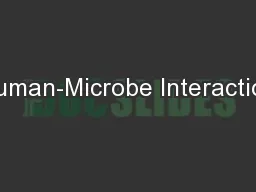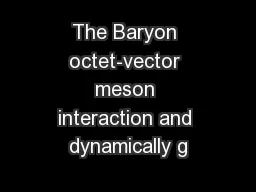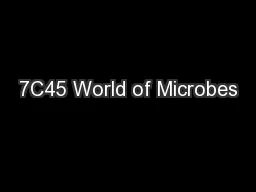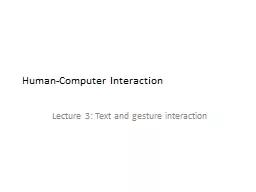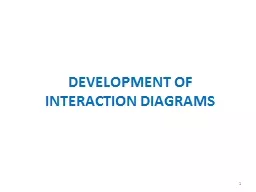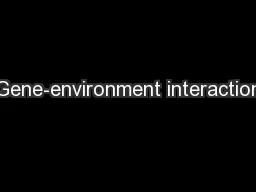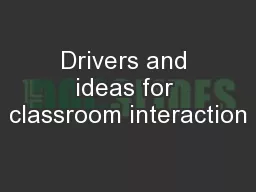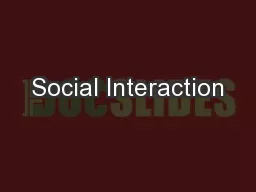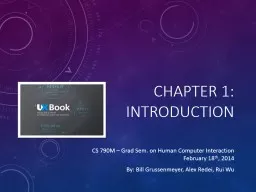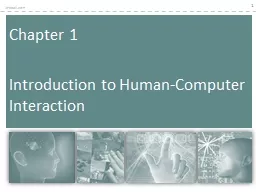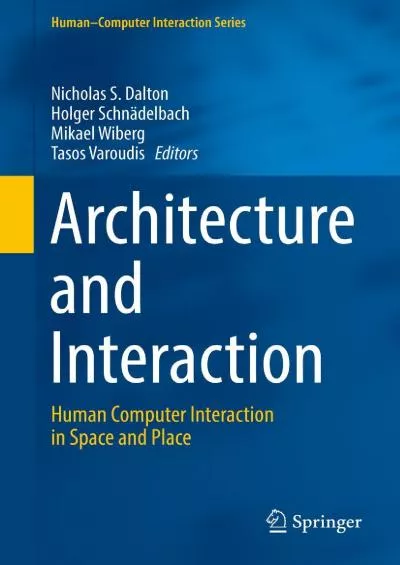PPT-Human-Microbe Interaction
Author : debby-jeon | Published Date : 2017-05-03
A Normal resident flora biota 1 refers to a large array of microorganisms that favorably inhabit the human body in abundance A Total cells in human body 10 13
Presentation Embed Code
Download Presentation
Download Presentation The PPT/PDF document "Human-Microbe Interaction" is the property of its rightful owner. Permission is granted to download and print the materials on this website for personal, non-commercial use only, and to display it on your personal computer provided you do not modify the materials and that you retain all copyright notices contained in the materials. By downloading content from our website, you accept the terms of this agreement.
Human-Microbe Interaction: Transcript
Download Rules Of Document
"Human-Microbe Interaction"The content belongs to its owner. You may download and print it for personal use, without modification, and keep all copyright notices. By downloading, you agree to these terms.
Related Documents

